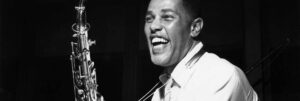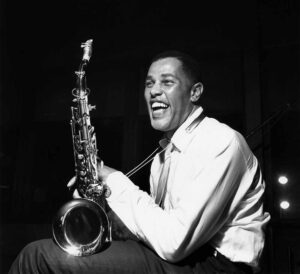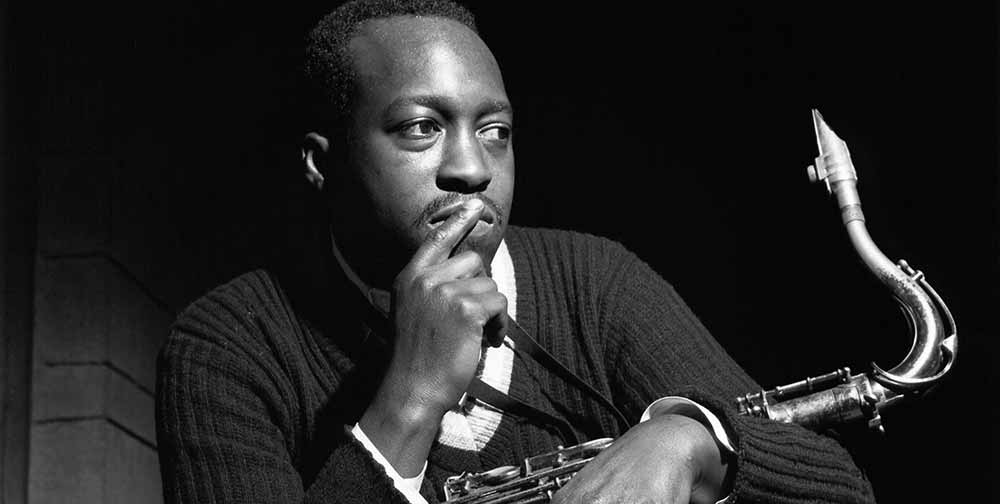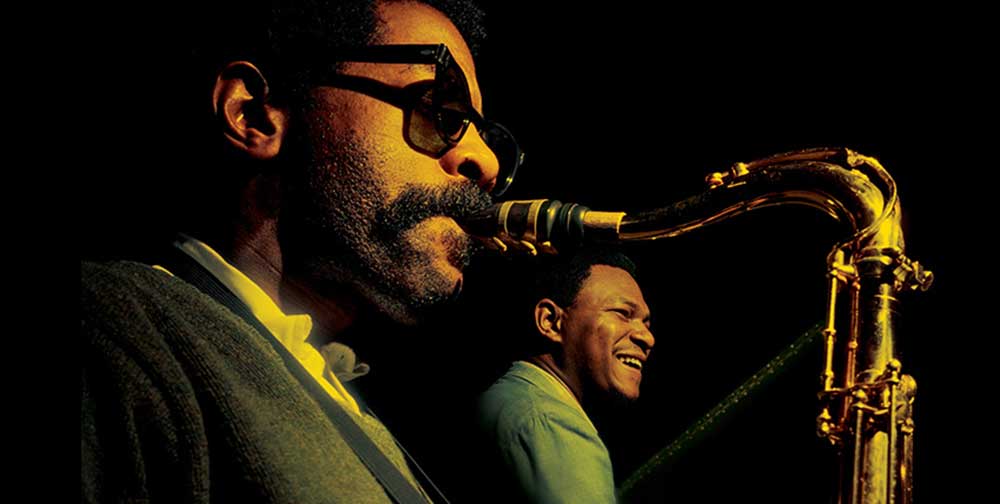“When Dexter played, everybody listened.”
– Jimmy Heath, 2014
The Los Angeleno they called Long Tall Dexter (he was 6’6”), whose tenor sax playing influenced everyone from Stan Getz to John Coltrane, was in good spirits during early 1962. It was to be one of those “phoenix rising” years, as he called them. On 25 February, two days before his 39th birthday, he had been formally discharged from the Californian penal system, finally permitted to travel outside of Los Angeles, and he was also in the middle of a purple patch on Blue Note Records.
The seven albums he recorded for the label between May 1961 and May 1965 are generally considered the apogee of his career, but “Go” (borrowed from Beat novelist John Clellon Holmes) is probably the standout. Recorded on 27 August 1962, it perfectly showed off Dexter the entertainer, the storyteller, the witty commentator, all shot through with that huge, swaggering tone.
Another absolutely crucial element was the simpatico rhythm section: Sonny Clark on piano (whose own 1958 Blue Note album “Cool Struttin’” makes it into most jazz top tens, and who tragically died in January 1963 at the age of just 31), Butch Warren on bass and Billy Higgins on drums. Dexter later named “Go” as the favourite of all his records, mainly because of these collaborators: “I could play anything and they were right there. We were four as one, and isn’t that what we are always trying to do?” He particularly loved Higgins, nicknaming him “Smiling Billy” and saying that whenever he looked over at him, he knew everything was going to be OK.
One other reason for the album’s success may be the unusually long time the band were given to prepare: they rehearsed for two days at a space opposite Birdland, the legendary New York jazz club situated at 1678 Broadway. Then, on the morning of the 27 August, a cab picked the players up in front of the Empire Hotel on West 63rd Street and took them across the Hudson River to Rudy Van Gelder’s Englewood Cliffs studio.
“Cheese Cake” became one of Dexter’s signature compositions and most famous features too, making it into JazzTimes’ 2017 poll of 40 Essential Solos – “This is a study in what makes a melody a good melody,” said nominee Ryan Keberle. Meanwhile “Love For Sale” quickly registered as an all-time Blue Note classic, and Dexter also performed two majestic ballads probably best known for their association with Frank Sinatra, “Where Are You” and “Guess I’ll Hang My Tears Out To Dry”, the latter currently with over 46 million plays on Spotify.
During the recording of “Go”, Dexter bumped into British tenor player Ronnie Scott in New York City. “Come over to London and play in my new club”, Scott invited. Dexter got a haircut, bought some new reeds, renewed his passport and hot-footed it to Ronnie’s in London’s Gerrard Street. In the middle of his residency there, he wrote an excited letter to Blue Note’s Francis Wolff and Alfred Lion dated 12 September 1962: “The audiences have been tremendous and it is certainly good for my ego.”
Released in December 1962, “Go” came with yet another classic Reid Miles cover and liner notes by jazz critic and historian Ira Gitler. In 2019, it was selected by the US Library of Congress for preservation in the National Recording Registry as being “culturally, historically, or aesthetically significant”.
Matt Phillips is a London-based writer and musician whose work has appeared in Jazzwise, Classic Pop, Record Collector and The Oldie. He’s the author of “John McLaughlin: From Miles & Mahavishnu To The 4th Dimension”.
Header image: Dexter Gordon. Photo: Francis Wolff / Blue Note Records.





